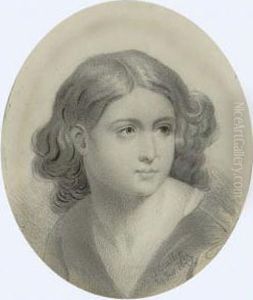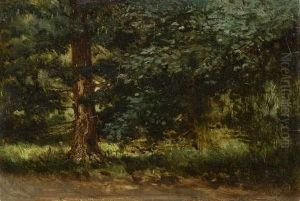Pavel Alexandrovitch Briullov Paintings
Pavel Alexandrovich Briullov, also known as Pavel Brullov, was a Russian architect and watercolor artist born on January 15, 1799, in St. Petersburg, Russia. He belonged to a prominent family of artists; his father, Alexander Pavlovich Briullov, was a sculptor, and his elder brother, Karl Briullov, is often regarded as one of the greatest painters of the Russian Romanticism era.
Pavel Briullov's initial education was at the Imperial Academy of Arts in St. Petersburg where he studied architecture. His time at the academy was distinguished by his evident talent, and upon graduation, he was awarded a gold medal and a scholarship for further studies abroad, which was a common practice for the most talented graduates of the Imperial Academy. This opportunity allowed him to travel to Italy, where he spent a significant amount of time and was influenced by the classical architecture and the Renaissance art that he encountered there.
Although not as widely recognized as his brother Karl, Pavel made significant contributions to Russian architecture. He worked on a number of projects, including the design of churches and public buildings. Notably, he participated in the construction of St. Isaac's Cathedral in St. Petersburg and was involved in the design of the Great Kremlin Palace in Moscow, showcasing his ability to work on grand architectural projects of national significance.
As a watercolor artist, Pavel Briullov was appreciated for his attention to detail and his ability to capture the nuances of light and shadow, contributing to the visual documentation of architectural landmarks and everyday scenes of the 19th century.
Pavel Alexandrovich Briullov's career was somewhat overshadowed by the towering reputation of his brother, yet his works remain a testament to his skills as an architect and artist. He spent his later years continuing his artistic pursuits and contributing to Russian culture through his architectural works. Pavel Briullov passed away on December 11, 1877, in St. Petersburg. His legacy is preserved in the buildings he helped create and the artworks he left behind, which continue to be studied and appreciated for their historical and aesthetic value.

